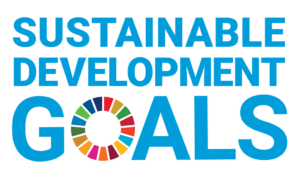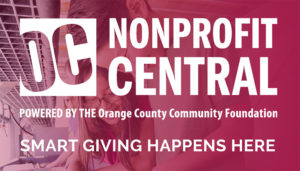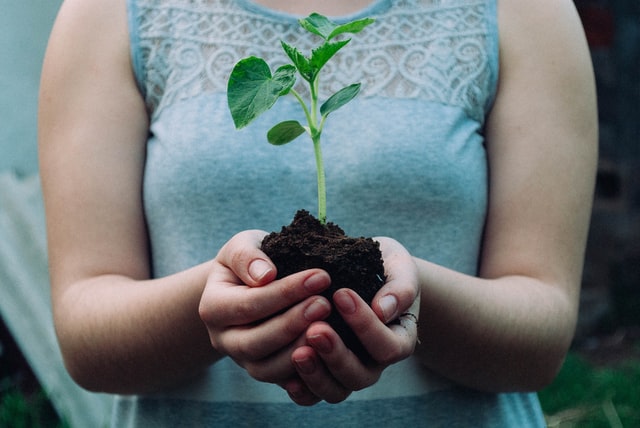Haiti’s challenges are deep and complex.
One of the most famous images of Haiti contrasts its lack of vegetation with a neighboring National Park in the Dominican Republic. The difference is so stark that nature follows the political border.
A flight into Haiti might provide another example of its environmental situation and the challenge it poses. The landscape is both extremely hilly and extremely barren. In many parts, the lack of tree roots cause rain and natural disaster to rob the ground of its nutrients and color.
Haiti sits at the intersection of extreme poverty and environmental degradation. When you consider the fact that about 80% of the country makes a living by farming this land, it’s no surprise that poverty and hunger are extremely high. It boasts the highest poverty rate in the Western Hemisphere and one of the highest amounts of forest cover most.
These problems have complex roots. Geography and natural disasters play a part. So does political instability and mismanagement. Along with Haiti's history of complicated relationships with France and the United States, and international interventions.

Haitian woman and child
Many efforts to help don’t have the desired effect.
Some call Haiti a nation of NGOs (Non-governmental organizations). Hence, charities and international organizations have a very visible presence in the country. The United Nations compound immediately greets visitors outside the Port Au Prince airport. And, many hotels are hubs of missionaries and aid workers.
At the same time, all those efforts seem to have made very little progress in Haiti over the years. Poverty has persisted for decades. Mismanaged relief efforts after the 2010 earthquake raised skepticism and scrutiny of aid efforts.
Our team asked Dezo Desilus, the founder of Plant With Purpose’s Haiti program what organizations were getting wrong about the country.
“They make a lot of promises at the beginning, because they have big plans to do something big in a short time. But they didn’t work with the people in the community. They didn’t empower people in the community. To take charge of the activity after the departures. It’s kind of cliche. People come in with a lot of assumptions. They assume people are very poor, are not very smart, are not very clever, and that people do not have enough education to be in charge of their development activities,” he told us.
Therefore, efforts to help Haiti need to factor in the complexity of its history, the root causes of its problems, and the potential of its people.

Soil Conservation Barrier
In small doses, however, you can see change.
Plant With Purpose is proud to partner with some of the most committed Haitians, dedicated to transforming their country village by village.
We talked to Jeanetta, a staff member of our Haitian program who works with community savings groups. She updates us about the progress she’s seen since she began working.
“The area where we work may be very poor, but I’m going to continue working there with the hope that people continue to get training from Plant With Purpose, apply those techniques that they’re learning, and stay disciplined. I think their lives could be better through this program. Their lives and the community. They’d have more trees, healthier soil, and resilience against erosion. It’s my hope and the hope of many people who are working with me,” she says.
On our latest of the Grassroots podcast, Haiti’s Challenge, we explore topics previously uncovered as they apply to the specific example of Haiti.
In the episode, we hear from three partners who work in our Haiti program. We learn from Brendon Anthony and Margaret DeJong, two longtime practitioners who have spent much time in Haiti. And we listen to local farmers firsthand.
The Grassroots Podcast is available on most platforms where podcasts can be streamed, including Apple Podcasts and Spotify. It can also be listened to by streaming from the player below.

















